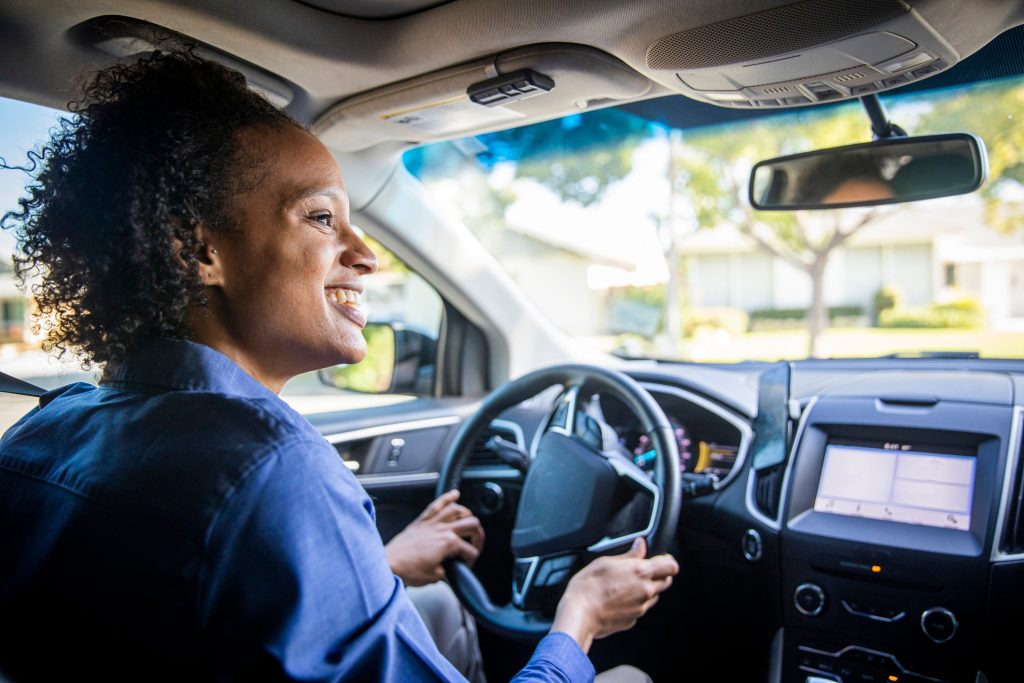
As the gig economy continues to thrive, ride-sharing services like Uber and Lyft have become increasingly popular across the United States. While these platforms offer flexible work opportunities, they also come with unique insurance challenges for drivers. In this comprehensive guide, we’ll explore the ins and outs of ride-sharing insurance, helping you navigate the complex world of coverage to protect yourself and your passengers.
Understanding the Insurance Gap
Before diving into the specifics of ride-sharing insurance, it’s crucial to understand the “insurance gap” that many drivers face. This gap occurs during the period when a driver is logged into the app but hasn’t yet accepted a ride request. During this time, the driver’s personal auto insurance may not provide coverage, and the ride-sharing company’s insurance may offer only limited protection.
Ride-Sharing Insurance Options
To address this gap and provide comprehensive coverage, several insurance companies now offer specialized ride-sharing policies. These policies are designed to work in conjunction with the coverage provided by Uber and Lyft, offering seamless protection throughout all phases of ride-sharing activity.
Major Providers of Ride-Sharing Insurance
- State Farm
- Allstate
- GEICO
- Progressive
- Farmers Insurance
Each of these providers offers unique policies tailored to ride-sharing drivers. Let’s take a closer look at how they compare:
| Insurance Provider | Coverage Options | Avg. Monthly Premium | Unique Features | States Available |
|---|---|---|---|---|
| State Farm | Extends personal auto policy to cover ride-sharing | $150-$200 | Deductible reimbursement | 48 states |
| Allstate | Ride for Hire endorsement | $15-$20 additional | Gap coverage | 47 states |
| GEICO | Hybrid personal/commercial policy | $150-$250 | 24/7 customer service | 40 states |
| Progressive | Ride-share endorsement | $20-$30 additional | Custom equipment coverage | 35 states |
| Farmers Insurance | Ride-share endorsement | $15-$25 additional | Comprehensive and collision coverage | 29 states |
Note: Prices and availability may vary based on individual circumstances and location. Always check with the provider for the most up-to-date information.
Understanding Coverage Periods
Ride-sharing insurance typically covers three distinct periods:
- Period 1: The app is on, but no ride has been accepted
- Period 2: A ride has been accepted, and the driver is en route to pick up the passenger
- Period 3: The passenger is in the vehicle
Each period may have different coverage limits and requirements, so it’s essential to understand how your policy works during each phase of your ride-sharing activities.
Factors Affecting Ride-Sharing Insurance Costs
Several factors can influence the cost of your ride-sharing insurance:
- Driving record
- Vehicle type and age
- Location
- Hours spent driving for ride-sharing services
- Personal insurance history
To get the best rates, maintain a clean driving record and shop around for quotes from multiple providers.
Tips for Choosing the Right Policy
- Assess your needs: Consider how often you drive for ride-sharing services and what level of coverage you require.
- Compare quotes: Don’t settle for the first policy you find. Get quotes from multiple providers to ensure you’re getting the best deal.
- Read the fine print: Understand exactly what is and isn’t covered under each policy.
- Check for discounts: Many insurers offer discounts for safe driving records or bundling policies.
- Consider deductibles: A higher deductible can lower your premium, but make sure you can afford it if you need to make a claim.
The Importance of Proper Coverage
While it may be tempting to rely solely on the coverage provided by Uber or Lyft, doing so can leave you vulnerable to significant financial risk. Personal auto insurance policies typically exclude commercial activities, meaning you could be left uninsured if you’re in an accident while driving for a ride-sharing service.
According to a survey by the Insurance Information Institute, nearly 90% of ride-sharing drivers are unsure about their insurance coverage. This lack of awareness can lead to devastating consequences in the event of an accident.
READ ALSO: A Deep Dive into Bankruptcy Options for Individuals and Businesses in the USA
Real-World Experiences
To get a better understanding of the importance of ride-sharing insurance, let’s look at some real-world experiences shared by drivers on popular forums:
“I thought I was covered by Uber’s insurance, but when I got into a minor fender bender during Period 1, I found out the hard way that I wasn’t. Now I always make sure I have proper ride-sharing coverage.” – UberDriver2023 on UberPeople.net
“After researching different options, I went with State Farm’s ride-share endorsement. It gives me peace of mind knowing I’m covered no matter what stage of the ride I’m in.” – LyftLover88 on Reddit r/lyftdrivers
These experiences highlight the importance of being proactive about your insurance coverage as a ride-sharing driver.
Expert Recommendations
Insurance expert John Smith from the National Association of Insurance Commissioners recommends:
“Ride-sharing drivers should always inform their personal auto insurance provider about their ride-sharing activities. Many insurers now offer endorsements or hybrid policies specifically designed for ride-share drivers. It’s better to be upfront and properly covered than to risk being dropped by your insurer or having a claim denied.”
Looking to the Future
As the ride-sharing industry continues to evolve, so too will insurance offerings. Keep an eye out for emerging trends such as:
- Usage-based insurance policies for ride-sharing drivers
- Integration of telematics data to provide more accurate pricing
- Expansion of coverage options to include additional gig economy services
Stay informed about these developments to ensure you always have the best coverage for your needs.
Frequently Asked Questions
1. Do I really need additional insurance if I only drive part-time?
Yes, even part-time drivers should consider additional coverage. Your personal auto policy likely won’t cover you during ride-sharing activities, regardless of how often you drive.
2. What happens if I get into an accident while waiting for a ride request?
This falls under Period 1, which is often the most vulnerable time for drivers. Most ride-sharing companies provide only limited liability coverage during this period, which is why having your own ride-sharing insurance is crucial.
3. Can I just not tell my insurance company that I drive for Uber or Lyft?
This is not recommended. If you get into an accident while ride-sharing and haven’t disclosed this activity to your insurer, they may deny your claim and potentially drop your coverage altogether.
4. How much does ride-sharing insurance typically cost?
Costs vary widely depending on factors like your location, driving record, and chosen coverage. On average, you might expect to pay an additional $15-$30 per month on top of your regular auto insurance premium.
5. Are there any alternatives to traditional ride-sharing insurance?
Some companies are beginning to offer pay-per-mile or usage-based insurance for ride-sharing drivers. These policies can be cost-effective for part-time drivers, but may not provide the same level of coverage as traditional policies.
Conclusion
Navigating the world of ride-sharing insurance can be complex, but it’s an essential part of protecting yourself and your livelihood as an Uber or Lyft driver. By understanding your coverage needs, comparing options, and staying informed about industry developments, you can ensure that you’re always adequately protected on the road.
Remember, the peace of mind that comes with proper insurance coverage is invaluable. Don’t wait until it’s too late – take the time to review your insurance options today and drive with confidence knowing you’re protected.






